CONTACTAbout UsCAREER OPPORTUNITIESADVERTISE WITH USPRIVACY POLICYPRIVACY PREFERENCESTERMS OF USELEGAL NOTICE
© 2025 Equal Entertainment LLC.
All Rights reserved
All Rights reserved
By continuing to use our site, you agree to our Privacy Policy and Terms of Use.
We need your help
Your support makes The Advocate's original LGBTQ+ reporting possible. Become a member today to help us continue this work.
Your support makes The Advocate's original LGBTQ+ reporting possible. Become a member today to help us continue this work.
Taschen's sexy-book editor, Dian Hanson, made a big, big splash in 2006 with The Big Book of Breasts and decided that the only way to follow up such a book was with The Big Penis Book -- which, when it came out in 2008, was so popular it was even picked up by stores that had never before carried male-focused erotica. To anyone who has seen the trouser-rousing book of '70s, '80s, and '90s photos, it's not surprising that this is Hanson's best-selling title to date.
The porn doyenne is an unabashed fan of cheap thrills, including the rockets and spears -- not speaking metaphorically -- of 3D movies, so the decision to combine fantastic phalluses with the follow-you-around-the-room effect of 3D images was a no-brainer (and not just because these images encourage the blood to run out of one's brain in favor of other regions).
The result is a 220-page hardcover special edition, The Big Penis Book 3D (Taschen, $39.99), featuring 96 images from the original book plus eight new bonus photos, all transformed into eye-popping 3D--and it comes with a pair of red-and-blue anaglyph glasses. By design, the images from this book and its 2D predecessor are old-school erotica. "These were made as pornography," says Hanson, "without the earmarks of fine art." The images are not from the likes of artistic photographers Greg Gorman or Robert Mapplethorpe but rather from Bob Mizer of Athletic Model Guild, David Hurles of Old Reliable, Colt, Falcon, and other smut purveyors.
Taschen selected Jon Schnitzer and the Brain Factory to transform the images, due to the ingenuity of Schnitzer's technique, one resulting in an effect very unlike that of most other 3D books: The images look great with the glasses on, but the transformation is subtle enough that the photos are still very viewable without the specs. (The Big Book of Breasts 3D is available now as well, also $39.99.)
The technique, changing all color images to black-and-white before transforming them into anaglyphic images, meant that not every photo in the original book was a good candidate for 3D. Photos awash in too many gray tones didn't appear to have enough depth, and images in which an arm or leg was blocked by a flat surface or extended outside the frame often made the subjects look like amputees. Hanson recalls a call from Schnitzer in which he told her, "I know they're from the '70s, but no more hairy guys!" Hanson explains that Schnitzer had "to create a red-and-blue image for each individual hair," adding that perhaps owing to the intensity of work involved, "some of my favorite images are the hairy guys." Indeed, the devil is deliciously in the details.
From our Sponsors
Most Popular
Bizarre Epstein files reference to Trump, Putin, and oral sex with ‘Bubba’ draws scrutiny in Congress
November 14 2025 4:08 PM
True
Jeffrey Epstein’s brother says the ‘Bubba’ mentioned in Trump oral sex email is not Bill Clinton
November 16 2025 9:15 AM
True
Watch Now: Pride Today
Latest Stories
7 times Pete Hegseth was the definition of toxic masculinity
December 02 2025 5:46 PM
Man pleads guilty to murder of gay University of Mississippi student Jimmie 'Jay' Lee
December 02 2025 2:32 PM
Florida man partially paralyzed after neighbor allegedly shot him and used anti-LGBTQ+ slurs
December 02 2025 1:30 PM
Queer comedian Cameron Esposito has first baby with wife Katy Nishimoto
December 02 2025 12:49 PM
Trans National Guard employee in Illinois sues Trump over restroom ban
December 02 2025 11:59 AM
Oklahoma University instructor suspended for failing student’s unscientific anti-trans psychology essay
December 02 2025 11:03 AM
Here are all of Trump's political enemies that have been charged or investigated (so far)
December 02 2025 9:52 AM
Joe Biden to receive top honor at LGBTQ+ leadership conference for his contributions to equality
December 02 2025 6:00 AM
On World AIDS Day, thinking of progress and how to build on it in the face of hostility
December 01 2025 7:47 PM
Ex-Biden White House aide called out for implying Cory Booker’s new marriage is suspicious
December 01 2025 6:04 PM
True








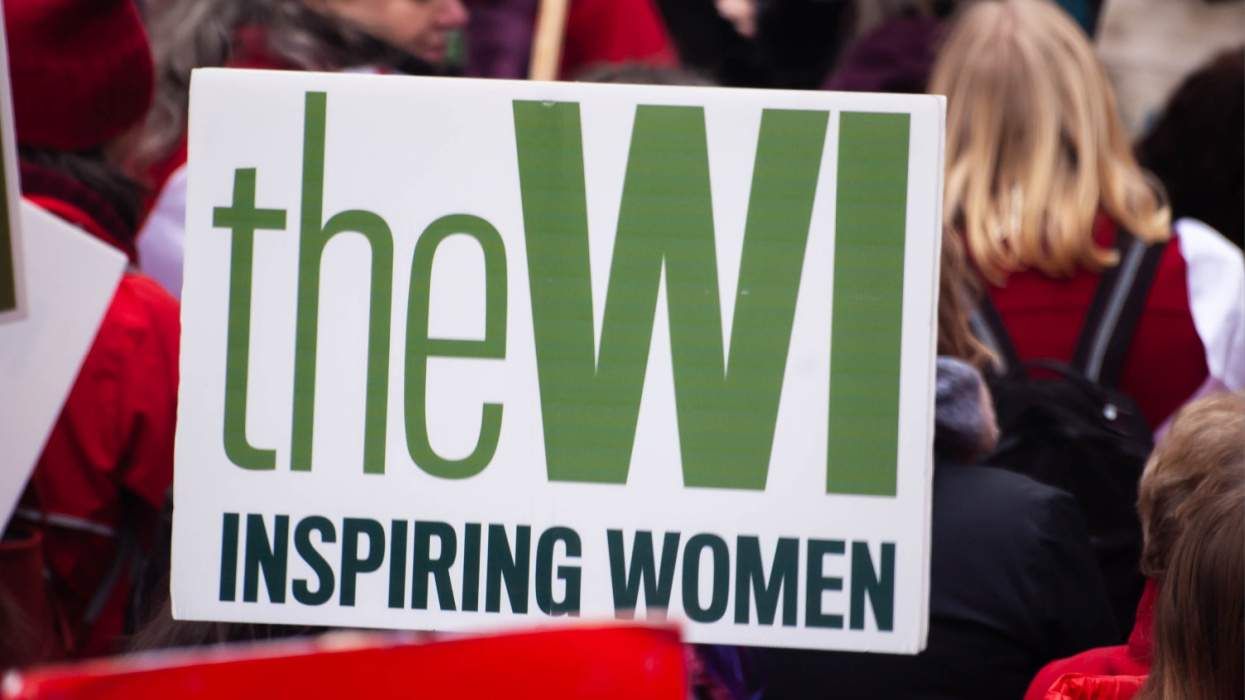




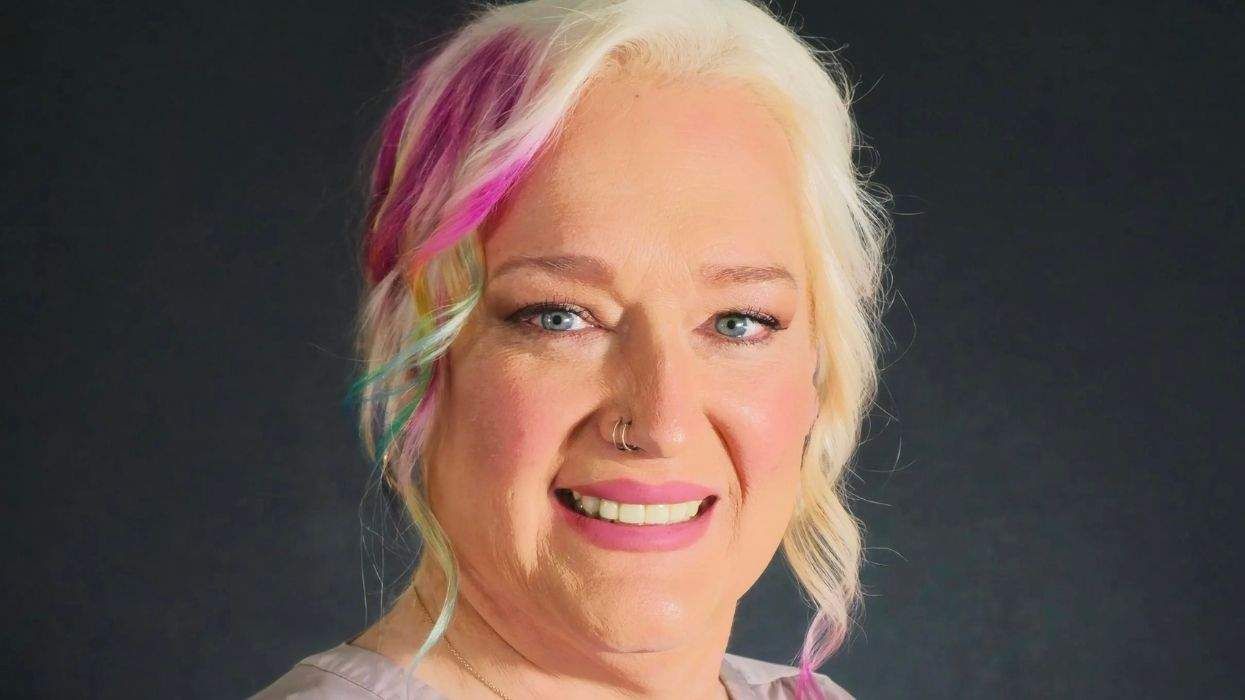
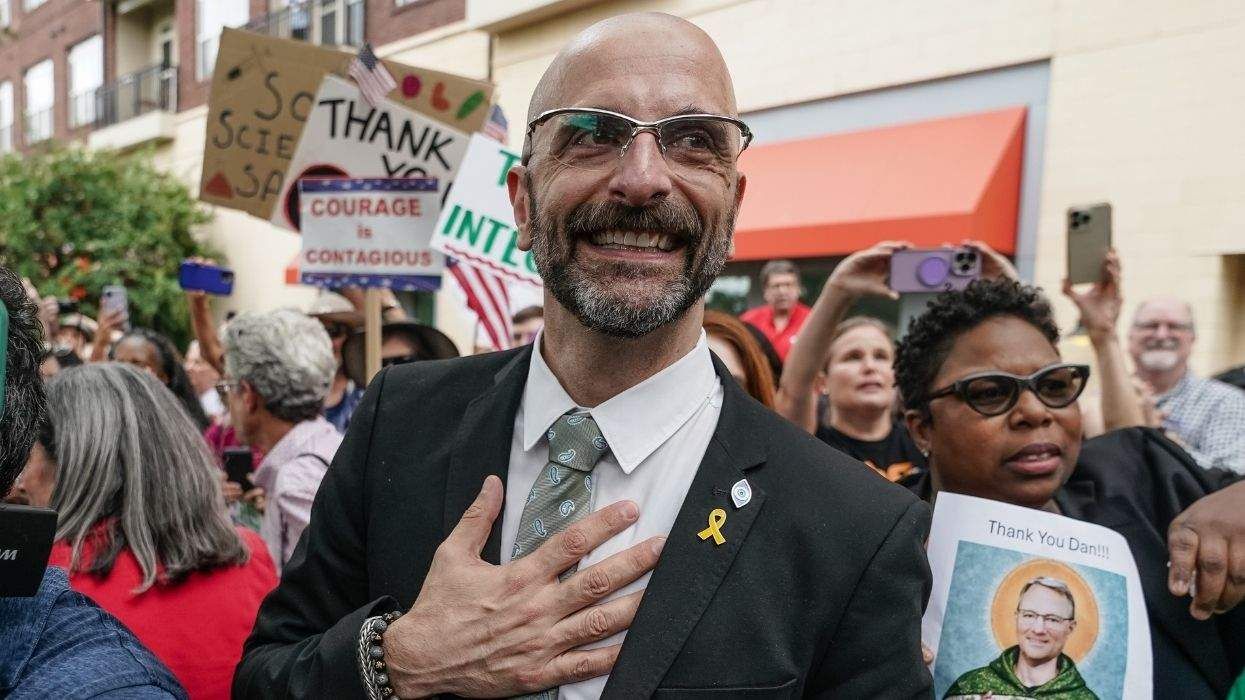




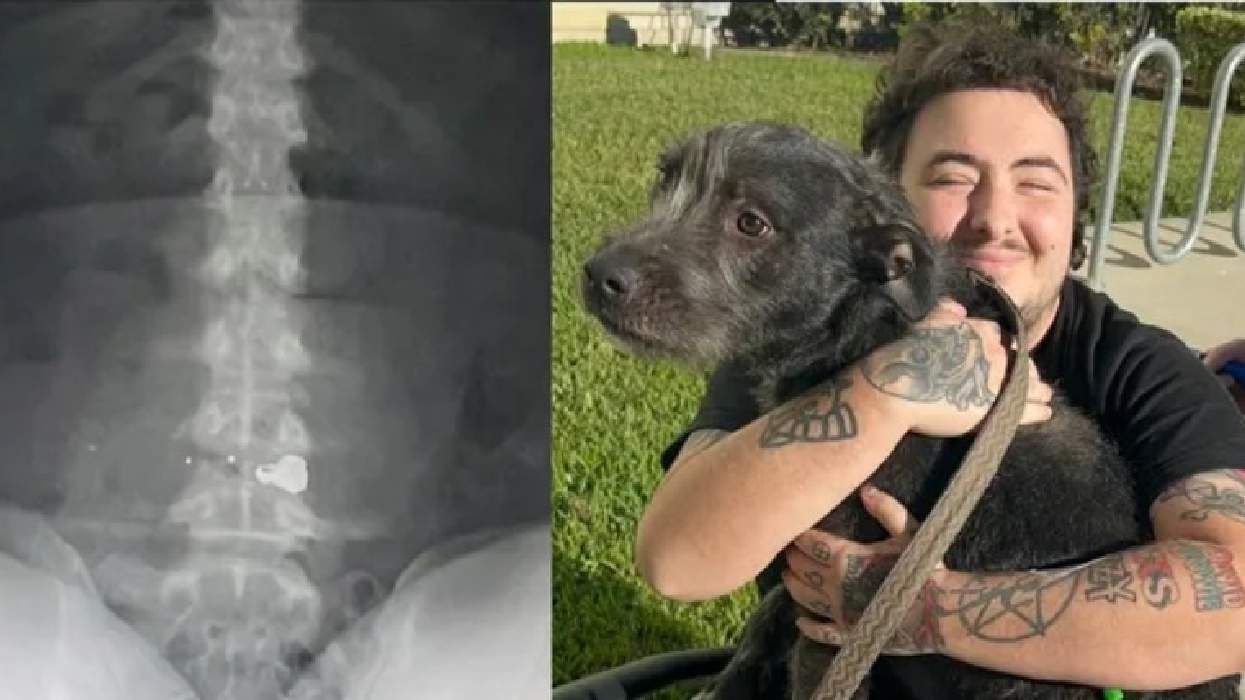







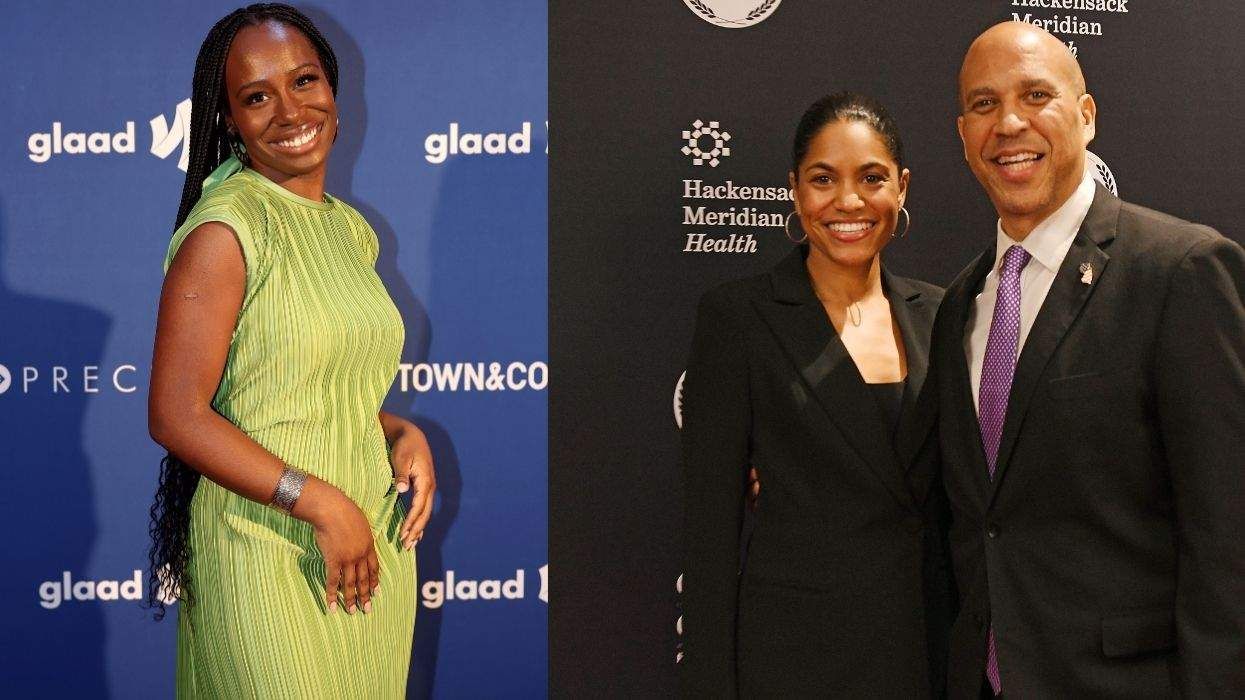








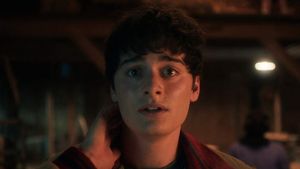











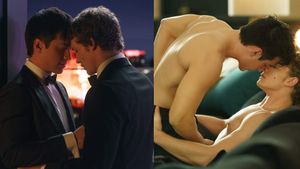



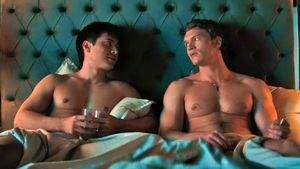















Charlie Kirk DID say stoning gay people was the 'perfect law' — and these other heinous quotes